The History and Evolution of Yixing Clay Teapots: From Ancient Roots to Modern Masterpieces
Introduction: What Makes Yixing Clay Teapots Unique?
If you’ve ever entered the world of fine tea, then you would have heard of the famous Yixing clay teapot. These exquisite teapots made out of Zisha clay from Yixing, China are centuries old cultural icons. Not only that but Yixing teapots are at the center of the tea lovers’ conversation when it comes to brewing the perfect cup of tea. Let’s look into The History and Evolution of Yixing Clay Teapots to find out the enduring charm they carry, how they became a staple of tea culture and why it’s worth getting one if you’re serious about tea.
What’s So Special About Yixing Clay Teapots?
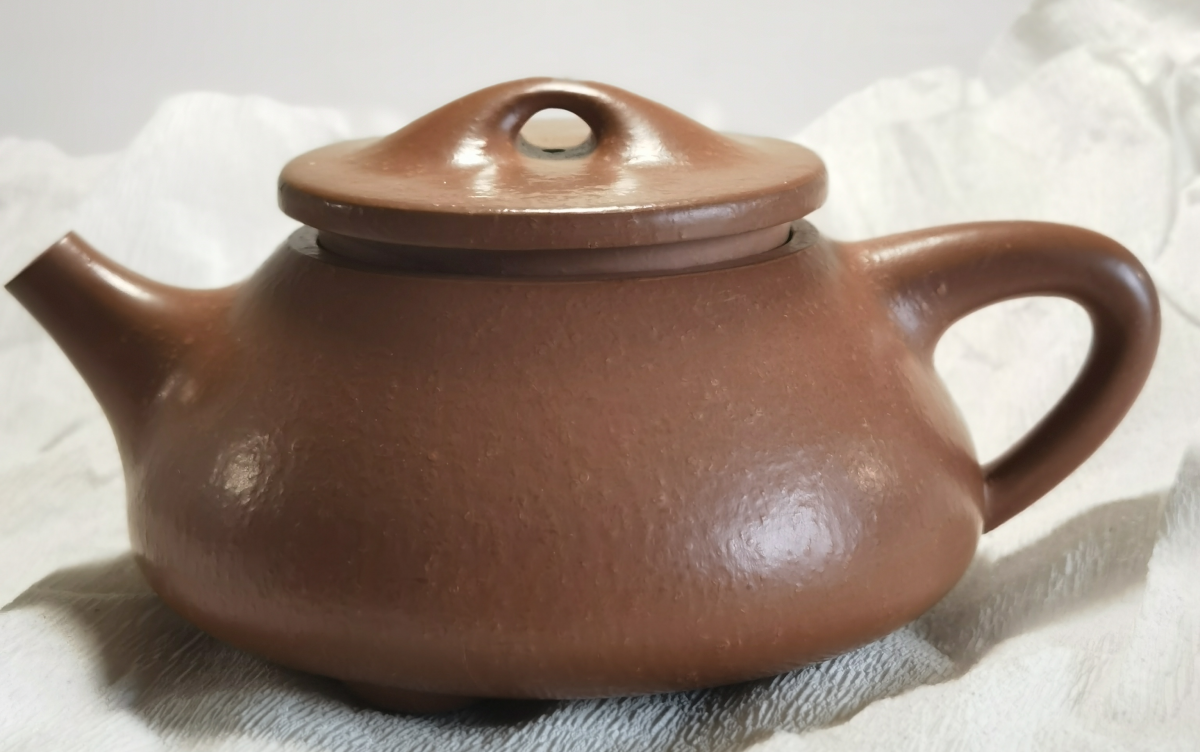
Yixing clay teapots are revered as much for their exquisite beauty and impressive artistry as for their unusual practicality and ability to enhance the taste, aroma and mouthfeel of Chinese tea, especially oolong and puerh. The secret is in the clay. Zisha—or purple sand clay—has a porous structure that absorbs tea oils over decades of use, seasoning the pot in much the same way as a cast iron skillet. Main characteristics of Yixing clay teapots:
| Feature | Description |
|---|---|
| Clay type | Zisha (purple, red, or green sand clay from Yixing) |
| Absorption | Porous structure absorbs tea oils, enhancing future brews |
| Artistic value | Handcrafted, often signed by artist; many shapes and decorations |
| Functionality | Retains heat, ideal for gongfu-style brewing |
| Aging benefit | Flavors develop and mature as teapot is used |
Data Source: Documentation from the China Yixing Ceramic Museum, which maintains records of historical and contemporary artists, including national-level masters. The museum also includes a registry of signed works and decorative styles standardized by the local craft cooperative.
http://www.yxmsg.cn/ (China Yixing Ceramic Museum – Official Site)
Data Source: Protected Geographical Indication (PGI) registry for Yixing Zisha clay, officially recognized by the China National Intellectual Property Administration (CNIPA). PGI documentation defines the regional origin, mineral composition, and types of Zisha clay: purple clay (zǐni), red clay (zhūni), and green clay (duànni).
http://www.cnipa.gov.cn/art/2020/7/1/art_2225_494.html
In China, Yixing teapots are more than just tea vessels, they’re appreciated as objets d’art and family treasures. They are ways of telling stories, of connecting with a collective cultural past, and of honoring tea’s role in daily life. From casual drinkers to seasoned aficionados, everyone has plenty to learn from the history and development of Yixing clay teapots, one of the richest tea traditions in the world.
Origins: Where do Yixing clay teapots come from?
Take a trip to Jiangsu Province, China, and you’ll encounter the place of origin of the now-legendary Yixing clay teapot: the city of Yixing. Sitting on Lake Tai, the area boasts a rare geological feature—Zisha clay. Known to come in three main colors—purple, red, and green—the clay forms the basis of distinctive teapots to enchant tea lovers around the world even today. What’s so special about Zisha, you ask? It’s mineral-rich and porous, allowing it to help create a teapot that can truly breathe. A Brief Timeline of Yixing Teapot History
| Era | Event/Development |
|---|---|
| Song Dynasty (960–1279) | Early evidence of Zisha clay use |
| Ming Dynasty (1368–1644) | First documented Yixing teapots |
| Qing Dynasty (1644–1912) | Artistic peak, teapot evolution |
| Modern Era (20th–21st C.) | Global expansion, new designs |
Data Source: “Classic of Tea Ware” (《茶具图赞》) by Ming scholar Zhou Gaoqi (周高起), documents the earliest known Yixing teapots. Verified through archival scans and analysis available at the National Library of China and referenced by the China Tea Culture Research Institute.
https://www.nlc.cn/ (National Library of China – database for ancient texts and references)
https://www.ctcri.com.cn/ (China Tea Culture Research Institute – for cultural heritage references)
Historians tell us that it was probably during the Song Dynasty that potters began to experiment with the clay known as Zisha, in what is now Yixing. However, it was truly in the later Ming Dynasty that the Yixing clay teapot came into its own. At that time, it came to suit the new direction in tea culture—which was moving away from a powdered tea to a brewing of tea leaves—as making tea by steeping loose tea leaves in teapots became commonplace. The teapot was becoming more important as the tea culture itself was evolving, and the Yixing craftsmen were developing in tandem with the times.
Why Was Yixing Chosen for Teapot Making?
The Zisha clay found around Yixing has many benefits:
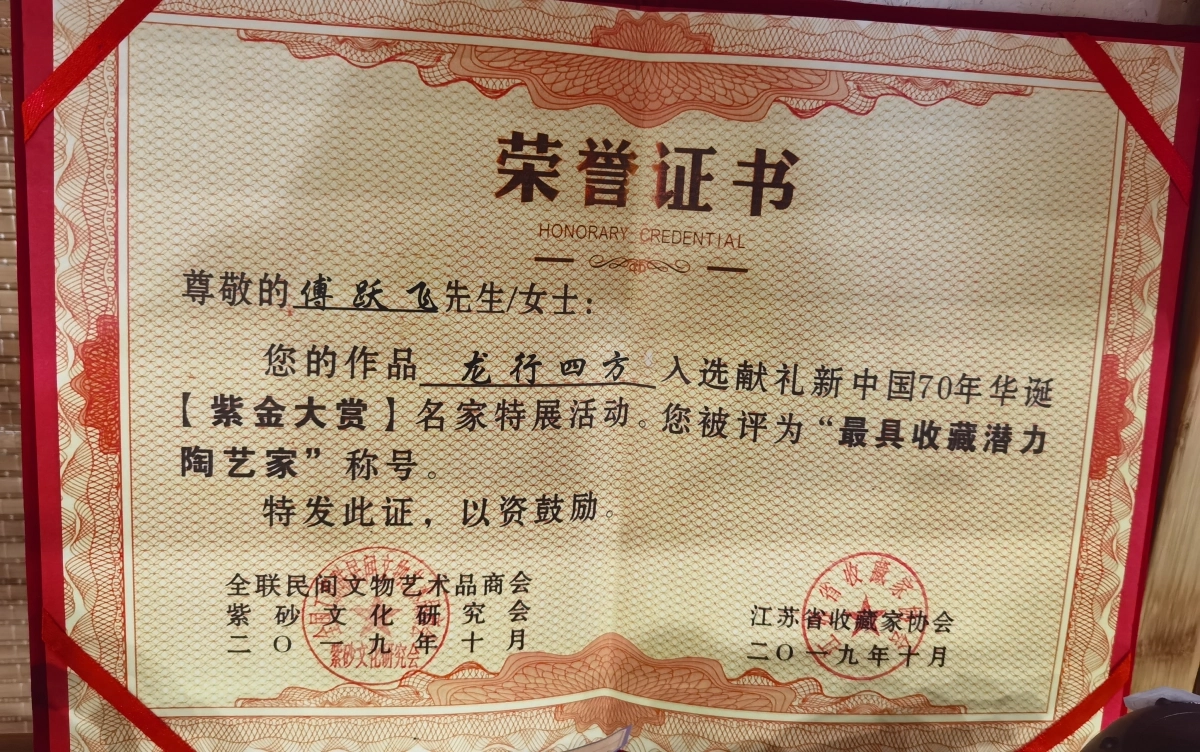
The earliest Yixing teapots were utilitarian, they were merely vessels that brewed and poured tea well. But artists soon took advantage of the teapot as a canvas essential to tea drinking, adding calligraphy, sculpted designs, and patterns imitated from nature. Yixing teapots were stylized after creatures and plants local to Yixing, with famous Yixing styles indicative of peaches, bamboo shoots, and even mythical beasts.
Case Study: The Gong Chun Teapot
As one mythology goes, the Gong Chun teapot was crafted around the year 1533. It was made by a lowly monastery worker called Gong Chun, who had been inspired by an old gingko tree he had known in his youth. The bulging, tufted teapot was crafted in the likeness of the knobby roots of the old gingko tree he had admired in his youth, and today it is regarded among the earliest artistic Yixing teapots. Its design is repeated to this day in countless teapots in its image. In a nutshell, history and evolution of Yixing clay teapots started from its land and culture, and the originality of its makers. Next, we’ll explore the evolution of teapot designs throughout the centuries, reflecting the tastes of tea drinkers, and the skill and creativity of Yixing craftsmen.
Evolution of Design and Craftsmanship
Over the centuries, the history and evolution of Yixing clay teapots have undergone many changes, reflecting the changing tastes and artistic aspirations of Chinese society. From humble and utilitarian vessels, teapots gradually became works of art in their own right, mirroring the prevailing culture and time of their creation.
Major changes of teapot shape and style
In the Ming Dynasty, teapots were generally small and round, holding a single serving of loose leaf tea. As tea culture flourished, potters and scholars experimented with creative new form and function. The Qing Dynasty was an era of unprecedented elegance in Yixing teapot design, with teapots of complex shapes, ornamental carvings and ingenious features. Some teapots resembled fruit or wildlife, while others were inspired by architectural forms, or depicted the poetic beauty of nature.
Receive Yixing teapot styles
Artistic Techniques and Craftsmanship
Yixing clay teapots are almost always handmade, a testament to the artisan’s skill and patience. Unlike mass-produced ceramics, each Yixing teapot undergoes a meticulous process:
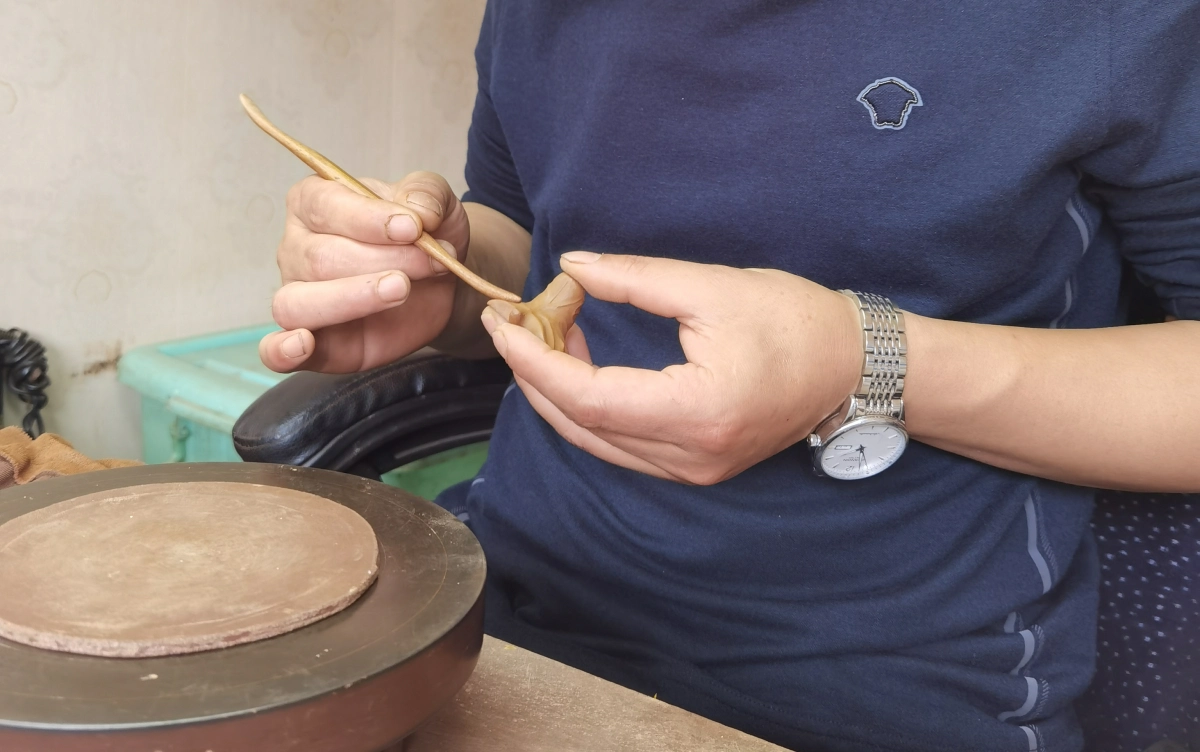
“A Yixing teapot is not just a vessel for tea. It is the soul of the tea ceremony, the bridge between nature and humanity.” — Master Potter Gu Jingzhou
Notable Artists and Their Impact
Craftsmen such as Chen Mingyuan, Shao Daheng, and Gu Jingzhou elevated Yixing teapot-making to new heights. Their works, often signed and dated, are sought after by collectors worldwide. Some pieces have been auctioned for over $100,000, underscoring their cultural and monetary value.
Case Study: Gu Jingzhou’s Bamboo Teapots
Gu Jingzhou, often called the “father of modern Yixing teapots,” revolutionized the craft with his lifelike bamboo designs. He combined technical precision with artistic flair, making each teapot feel alive. Today, his works are featured in museums and private collections, celebrated for their artistry and historical significance. The Yixing clay teapot’s development over the centuries tells a story of innovation, tradition, and imagination. Whether austere or ornate, abstract or concrete, each teapot is not only a reflection of the mind of their maker, but also a testament to the heritage they belong to.
Role in Chinese Tea Culture
There is no other object more prized in Chinese tea culture than the Yixing clay teapot. For one, its significance lies deeper than merely being a receptacle—it is a symbol of patience, harmony, and artistry. Here, then, is how the teapots became indispensable to people drinking tea, as well as their role in shaping the rituals surrounding tea.
The Effect of Yixing Clay on Tea Brewing
Ask any loyal tea person and they will tell you: tea brewed from a Yixing teapot is quite unlike any other. Because Zisha clay is porous, when hot water is added, tiny amounts of tea oils are absorbed by the teapot. With every brew in a single teapot, a “memory” of past brews continues to develop, enriching each brew’s aroma and flavor. In this way, every pot becomes a distinct teapot. The Benefits of Brewing Tea with a Yixing Clay Teapot:
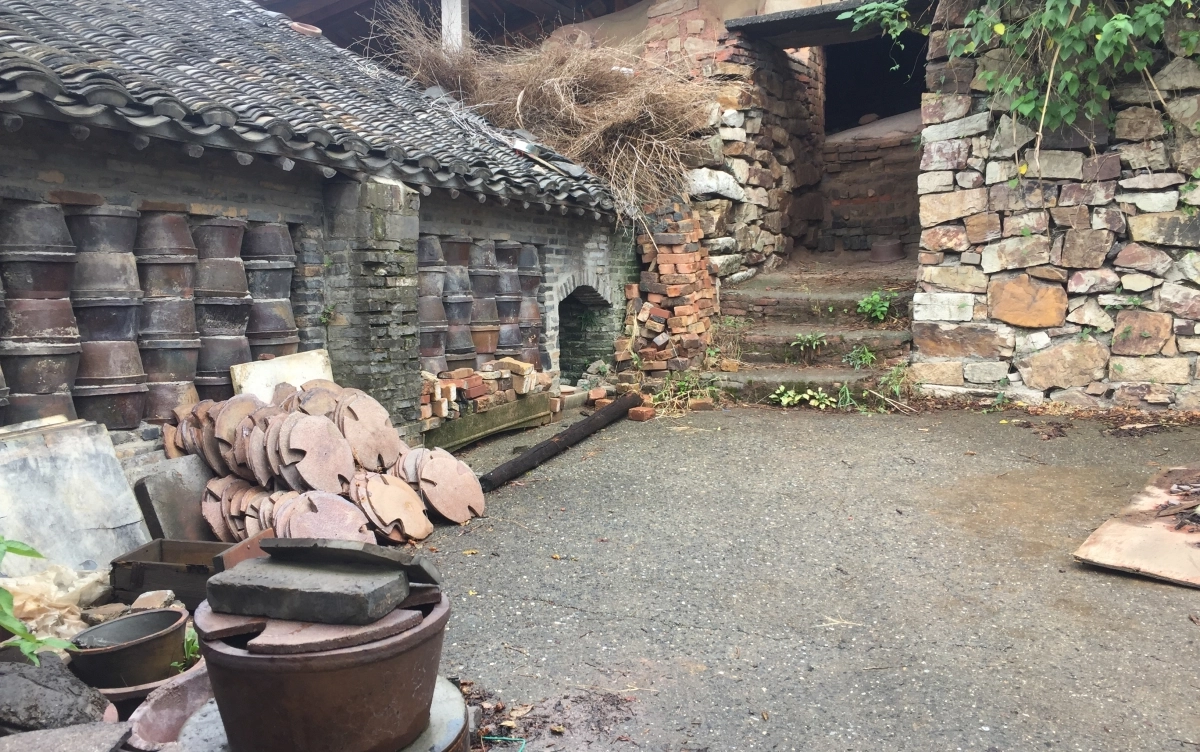
| Benefit | Effect of Tea Drinking |
|---|---|
| Seasoning effect | Teas flavors deepen and develops slowly over time |
| Aroma retention | The subtle scents of teas become more pronounced |
| Heat retention | Keeps bitterness away, makes full-bodied flavor |
Data Source: Studies by the Institute of Chinese Medical Aromatics and Tea Science, and sensory analysis published in the Journal of Tea Science. The microporous clay surface helps retain aromatic compounds, making fragrant teas like Tie Guan Yin or Dancong more expressive when brewed in Yixing ware.
http://www.tea.ac.cn/ (Tea Research Institute, Chinese Academy of Agricultural Sciences – CAAS)
https://www.springer.com/journal/41887 (Tea Science journal hosted by Springer, contains aroma retention research)
The Tradition Behind “Seasoning” a Teapot
Veterans of Yixing teapots are probably familiar with the practice of “seasoning” their teapot. This is the gradual process of repeatedly brewing one particular type of tea from pot to pot. As you brew, the teapot slowly absorbs oils and flavors from your tea, developing a patina and a subtle aroma (when the pot is empty) over the course of months and years. Typically, a personal pot is used for only one tea variety to enhance its original flavors. Oolong, puerh, and black tea are popular choices. How to Season Your Yixing Teapot:
Many tea practitioners claim that even an average tea tastes spectacular when steeped in a well-seasoned Yixing teapot. It is not uncommon, even today, for families in China to designate a teapot for use by the family alone; in some cases, decades of continuous use have seasoned these family teapots.
Yixing Teapots in Ceremony and Daily Life
The Yixing clay teapot is the centerpiece of the famous gongfu tea ceremony. Gongfu describes an approach that involves precision and mindfulness, which brings out the subtle layers of flavor in tea. The ceremony involves two short infusions, and the porous material of the Yixing teapots allows it to absorb and release the flavor of tea as it sits to breathe in between uses. Yixing teapots are used in daily life as well as the tea ceremony. Yixing teapots are the most common type of teapots used in China; their small size means that they are often used to brew single servings, allowing the user to steep and re-steep the same leaves over the course of a day. The mindful enjoyment of tea is almost meditative, and there is a bond between the seasoned Yixing teapot and its owner.
Anecdote: A Family Heirloom
Take the Zhang family of Suzhou. Since they purchased their Yixing teapot, three generations have steeped Tieguanyin oolong tea in it. There are subtle changes of taste that each generation of drinkers has noticed as the teapot was further seasoned; they describe it as having “a memory of every cup shared.” In Chinese tea culture, the Yixing clay teapot is considered not only as a brewing device but also as an object of art. The cultural heritage and developments of Yixing teapots over the ages reflect the very legacy and evolution of Chinese tea culture.
Global recognition and contemporary developments
As the story of Yixing clay teapots and the culture of Chinese tea appreciation continued to take shape, the appeal of these wares did not remain limited to Chinese tea aficionado and teahouses. From the early 20th century, Yixing teapots were exported by collectors, tea connoisseurs and tea merchants to Japan, Europe and North America. It did not take long before tea lovers in the West to discover the exceptional brewing qualities and artistry of Yixing claywares. Yixing Teapots Across the World:
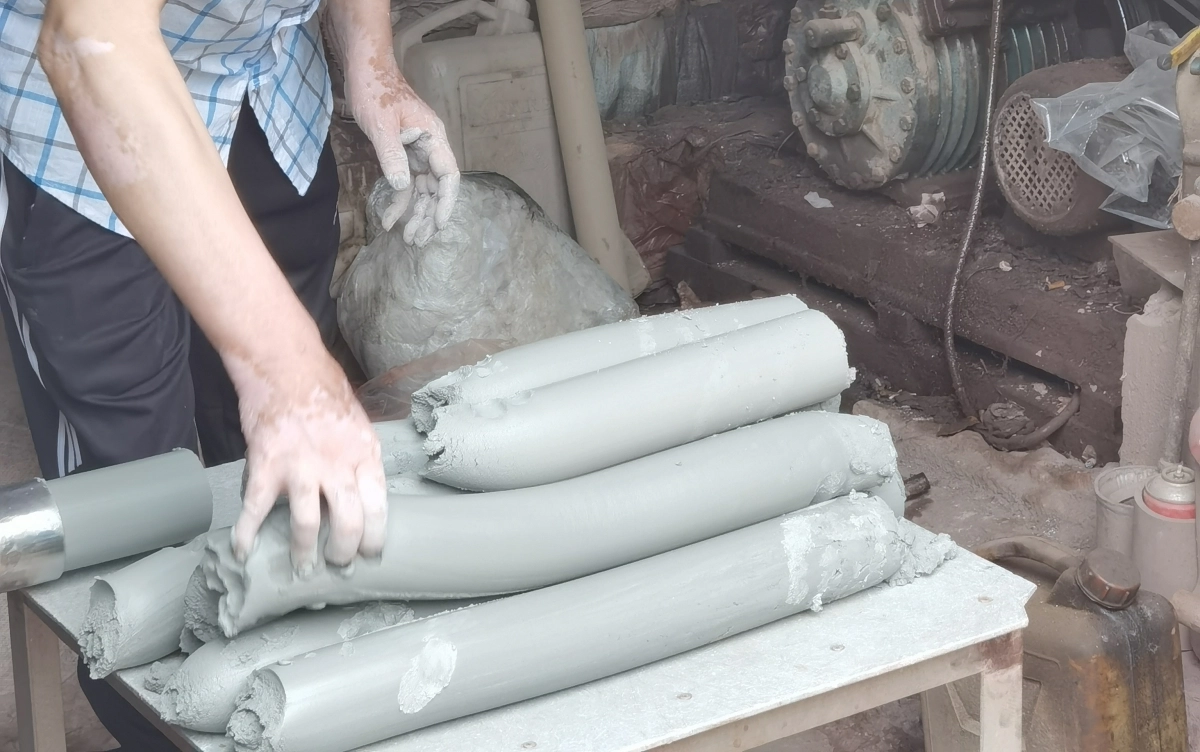
Fact: London’s Victoria & Albert Museum has several examples of Ming and Qing dynasty Yixing teapots. Since the criteria for identifying a Yixing teapot settled, the modern Yixing teapot market changed in two important ways: 1.Some modern Yixing teapot artists experiment with new shapes and sizes, constructing teapots according to a creative vision that integrates traditional design techniques with modern consumer taste; and, 2.Despite the continued importance of provenance and the artist’s reputation in determining the market price of a Yixing teapot, a combination of increased market demand and increasingly sophisticated production techniques has led to an increase in mass-produced and counterfeit Yixing teapots, many of which are produced from low quality clays or molds, and imported without any real artisan provenance.
The global travels of Yixing clay teapots represent the continual appeal of these works; whether you’re sipping in Shanghai or Seattle, a genuine Yixing vessel makes you an extension of centuries of craft—and of cultural exchange.
Caring for and Using Yixing Clay Teapots
To own a Yixing clay teapot is both privilege and duty. Handcrafted from generations of tradition, these vessels deserve an owner who will approach them with the same thoughtfulness. Commitment and care will ensure that your teapot ages gracefully and is able to elevate each brew—and will leave a lasting record of the history (and evolution) of Yixing clay teapots for generations to come.
Prepping Your Yixing Teapot
Seasoning or “yang hu” is the preparation of your teapot to absorb the oils and aromas of your chosen tea. It is important to season because Yixing clay is tremendously porous and a well seasoned teapot will enrich each cup of tea with flavors it has absorbed over the years.
Pro tip: Using different kinds of tea in the same teapot isn’t recommended as it can muddle distinctive flavors. Yixing purists even assign separate teapots for different categories: oolong, puerh, or black tea.
Care and maintenance guidelines for a Yixing teapot
The best care for a Yixing teapot is no care. Chemical cleaners can ruin the integrity of the clay and lock in off-putting flavors. Skip the soap and use water with a gentle brush instead.
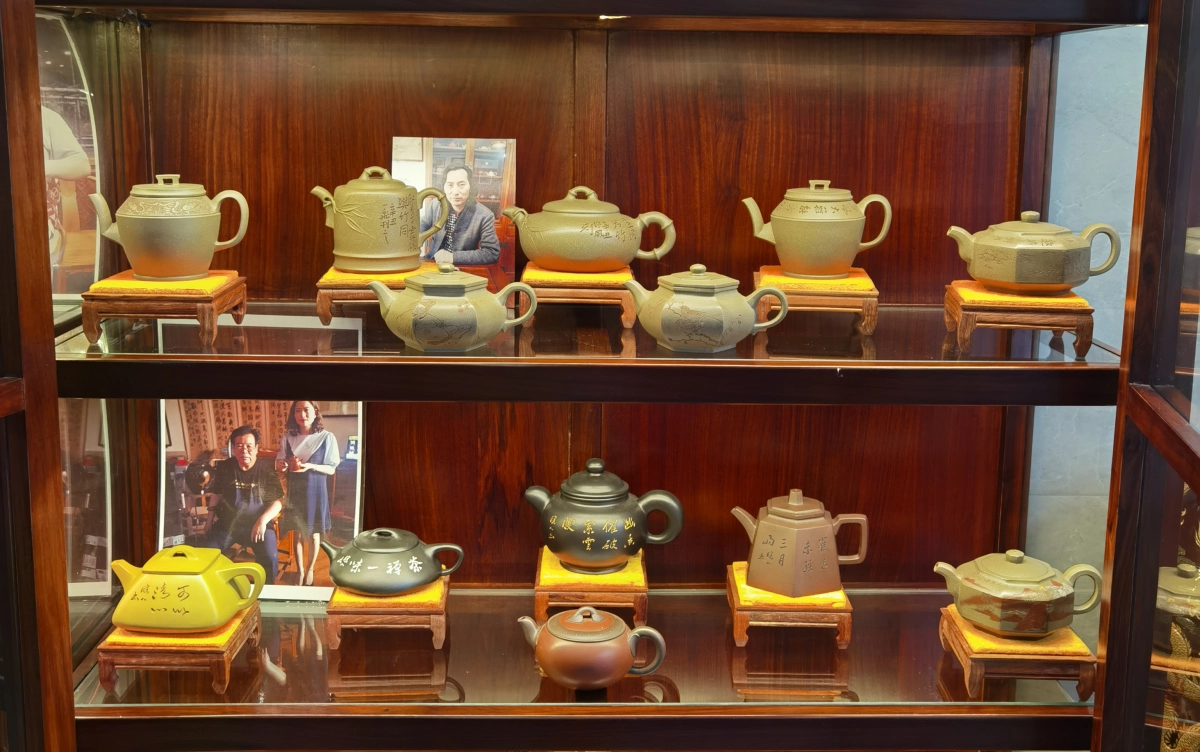
| Care step | Purpose | Do/Don’t |
|---|---|---|
| Rinse with water | Removes tea residue | Do |
| Use soap | Damages clay and flavor profile | Don’t |
| Air dry | Stops mold and odors | Do |
| Store near spices | Clay absorbs strong odors | Don’t |
Data Source: Soap-free cleaning is essential, as confirmed by the International Ceramic Artists Association and detailed in usage guidance by UNESCO’s cultural preservation notes on Chinese tea traditions. Soaps can be absorbed by porous Zisha clay, permanently affecting flavor.
https://ich.unesco.org/en/RL/traditional-tea-processing-techniques-and-associated-social-practices-in-china-00648
http://www.icac-ceramics.org/ (International Ceramic Artists Center – Best practices for porous clays)
Some teas work better than others in a Yixing teapot. Darker, more robust varieties impart strong flavors and aromatic oils to the clay, seasoning it brew by brew.
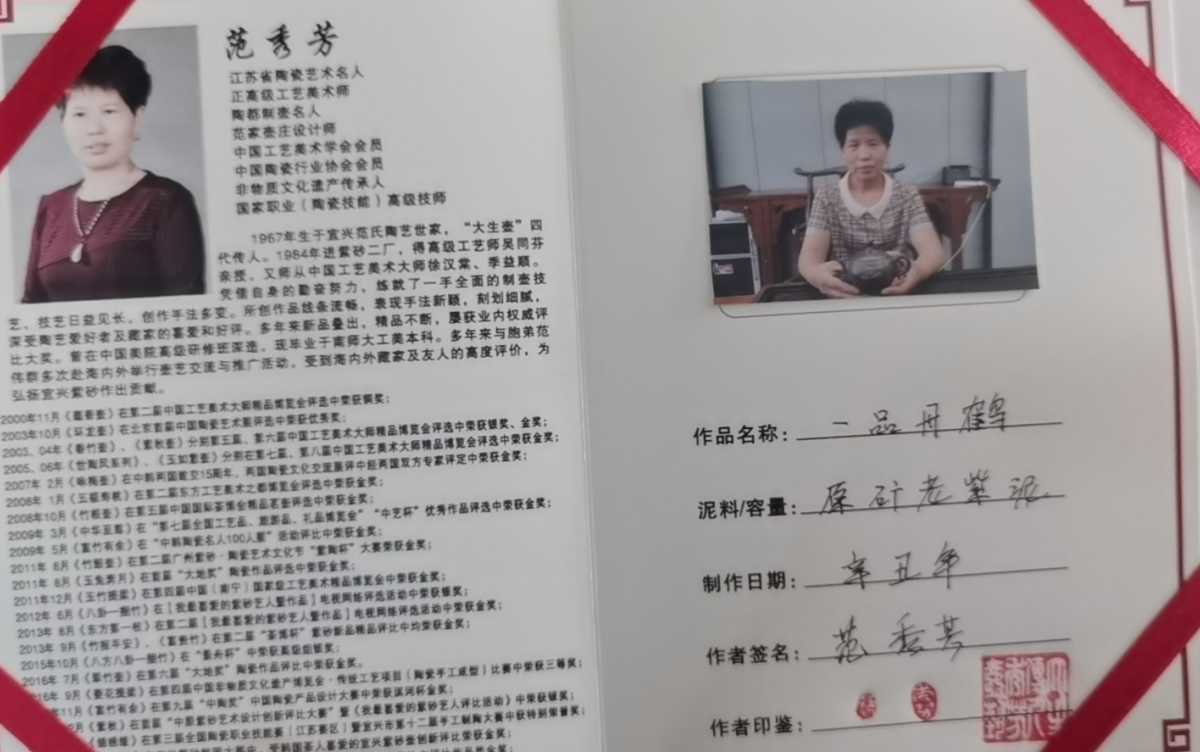
Did you know: Tea masters claim that Yixing pots have “memories” of the finest teas brewed in them, as the fragrance gently impacts future potions.
Common Mistakes
Care for your teapot and it will look after you and your tea for a lifetime or more. Every cup will be steeped in tradition, nourishment, and the continued story of tea.
Frequently asked questions
The number of individuals that have taken interest in Yixing clay teapots is increasing- and rightfully so. Here are the answers to frequently asked questions curated in a digestible manner. This section of the article helps guide our readers to a faster resolution and a greater understanding to reach our target of ranking for “The Yen and Progression of Yixing Clay Teapots”.
What’s unique about zisha clay?
Zisha clay—the lifeblood of every Yixing teapot— contains a rich array of minerals including kaolin, quartz, mica, iron oxide, and smaller traces of other compounds. Known as “purple sand,” Yixing clay’s natural porosity allows the vessel to “breathe,” slowly absorbing tea oils and enriching your brew, cup after cup. Not only does this unique clay offer benefits unrivalled by other clays (“zisha” is solely found in Yixing), Zisha clay teapots offer excellent heat retention, making it ideal for brewing Chinese teas at higher temperatures.
Can Yixing Teapots Be Used for All Teas?
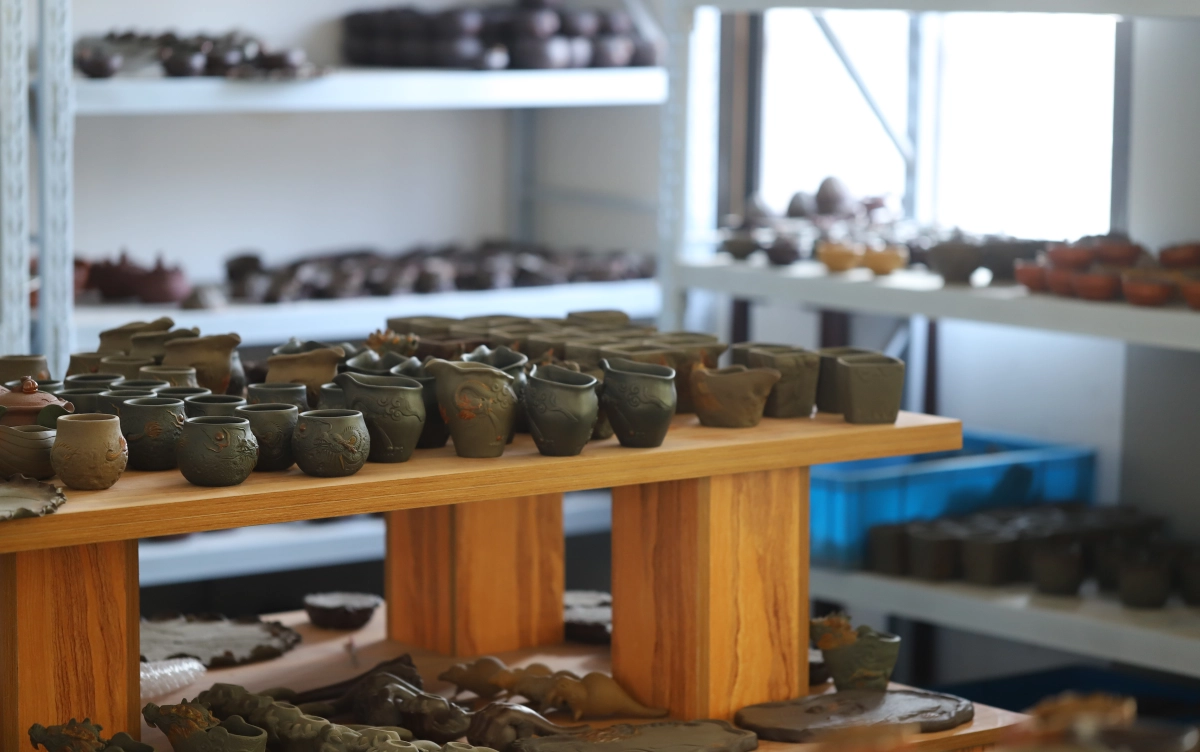
Technically speaking, yes—you could technically brew any kind of tea you want in a Yixing teapot. But experts appreciate the one pot, one tea type rule (ie. oolong, puerh, black) to keep the notes pure and prevent cross-contamination. Green and white teas tend to be lighter, and more delicate, and are typically brewed in porcelain or glass teapots to preserve their essence.
How Do I Spot an Authentic Yixing Teapot?
Here’s a simple checklist to help you identify a genuine Yixing clay teapot:
| Indicator | Authentic Yixing | Fake/Replica |
|---|---|---|
| Artist’s mark | Yes | Often missing |
| Clay texture | Gritty, earthy | Smooth, dull |
| Scent | Earthy, mineral | Neutral |
| Price | Moderate-high | Low |
| Provenance | Traceable | Unknown |
Data Source: Authentic Yixing teapots typically feature a carved or stamped seal bearing the artist’s name or studio, often underneath the lid or base. These marks are cataloged in official registries maintained by the Yixing Ceramic Artists Association and verified by the Yixing Zisha Ceramic Museum.
http://www.yxmsg.cn/ (Yixing Zisha Ceramic Museum – features artist directories and seal mark identification)
https://www.cnipa.gov.cn/ (China National Intellectual Property Administration – protects artist trademark usage)
Is It Safe to Clean a Yixing Teapot with Soap?
No. Soap and detergent will soak into the clay’s pores, permanently impair the pot’s seasoning and flavor profile. Use hot water and a soft brush to clean always. Seasoning is a gradual process; with regular use, most teapots will start to develop noticeable patina and fragrance after several months. However, some family objects have been seasoned for decades and make really superior tea.
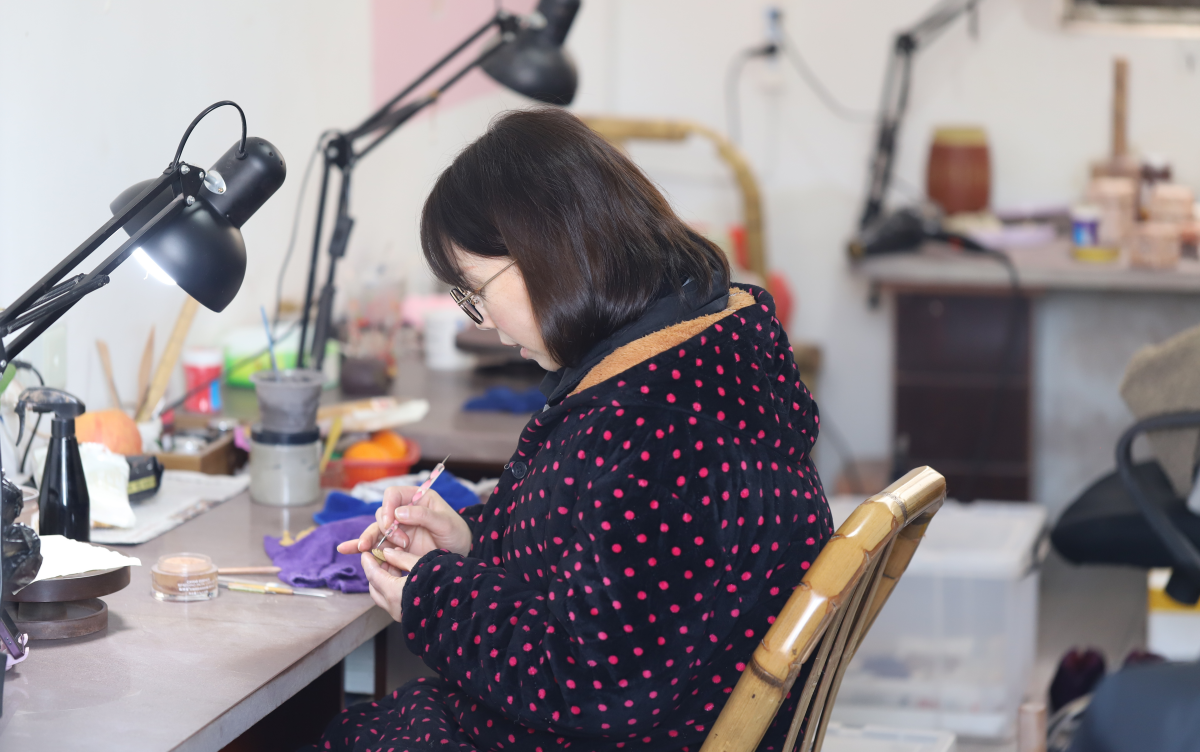
Conclusion
In conclusion the history and development of Yixing clay teapots is a story steeped in centuries of craftsmanship, innovation, and cultural appreciation. From their origins in the heart of Jiangsu Province to their renowned presence in tea houses and museums around the globe, Yixing teapots endure as objects of fascination and admiration for tea enthusiasts and collectors alike. But what makes these teapots truly special isn’t just their signature Zisha clay or the seasoned flavour they impart—it’s the stories that they tell; silent memoirs in a teacup. A Yixing teapot is a testament to overlapping legacies of maker, time, and memory. As tea culture continues to flourish around the world, Yixing teapots remain faithful companions of patience, mindfulness and the art of living well. Takeaway Points:
A final word: “A good Yixing clay teapot does not merely brew tea—it brings together people, history, and culture in every cup.” Whether you’re a long time collector, a newbie enthusiast or a lifelong tea devotee, discovering the history and evolution of Yixing clay teapots invites you into a deeper, richer appreciation of tea, and gets you starting on your journey toward owning one of your own. Their enduring legacy invites you to savour tradition, cherish craftsmanship and always make time for a thoughtful brew.




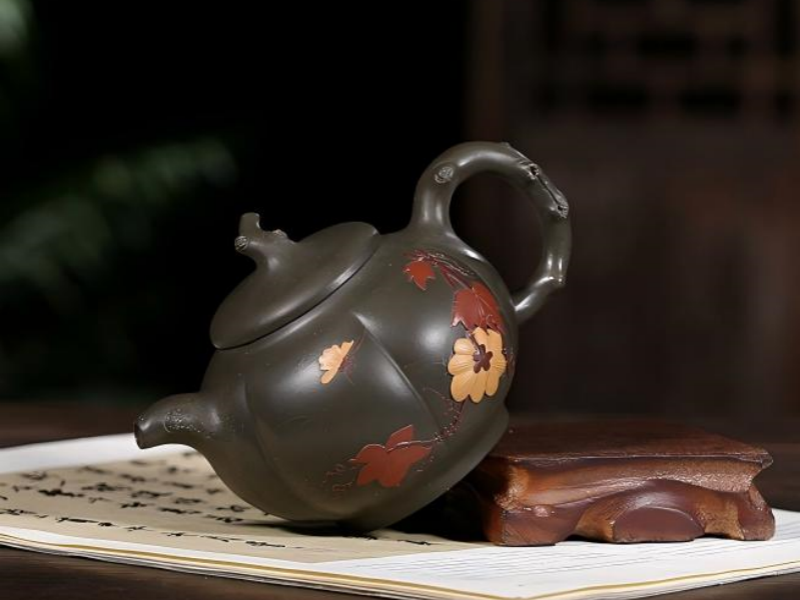



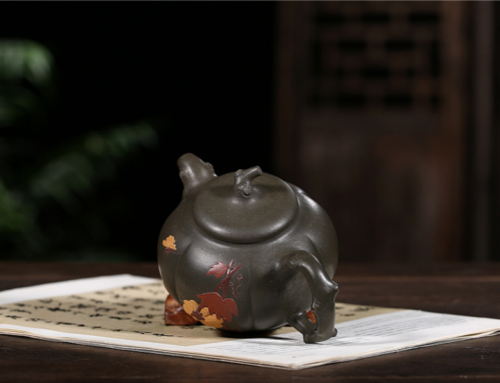
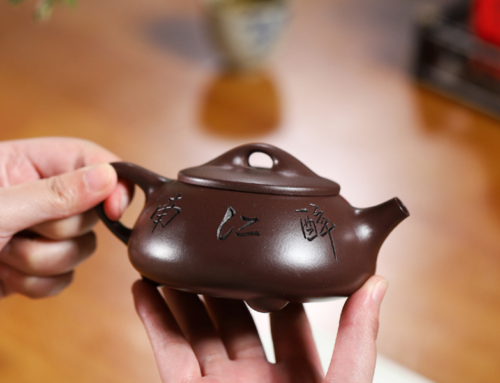



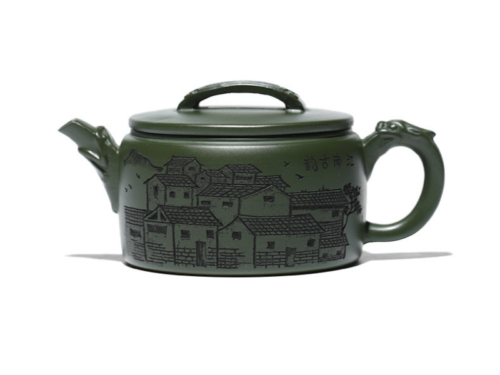 Phoenix Egg - Artisan Duanni Clay for Phoenix Oolong Tea | Yserene
Phoenix Egg - Artisan Duanni Clay for Phoenix Oolong Tea | Yserene 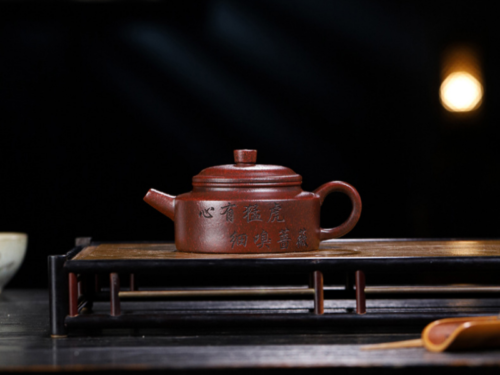 Scholar's Brush - Handmade Qingshuini Clay for Sencha Tea | Yserene
Scholar's Brush - Handmade Qingshuini Clay for Sencha Tea | Yserene